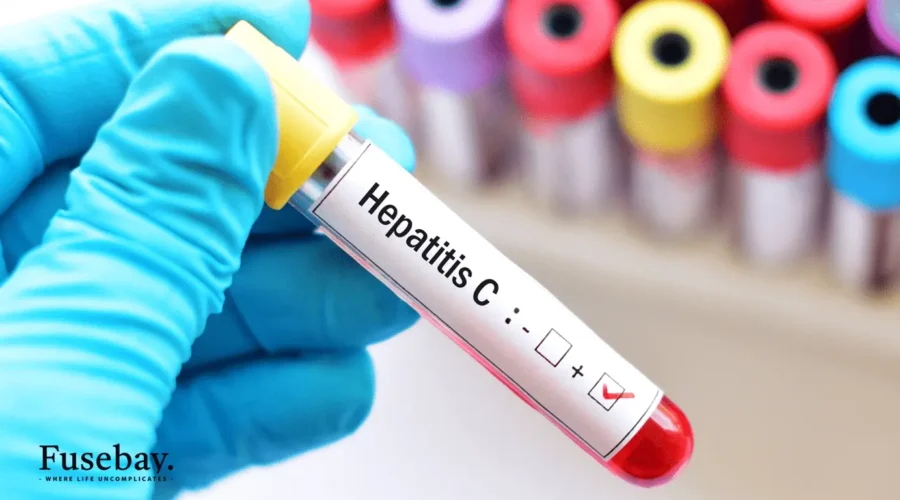Friendship vs Acquaintance: What’s the Difference?
Have you ever wondered about the difference between friendship and acquaintance? These two types of relationships play important roles in our lives, but they aren’t the same. Understanding these differences helps us appreciate the varied roles each type of relationship plays in our lives, from providing companionship and support to expanding our social networks. Let’s explore what makes a friend special and how acquaintances fit into our social circles. What is a Friend? A true friend is someone who connects deeply with you beyond the superficial interactions. They are the ones you can trust and depend on, offering profound help during both great and testing times. Because they establish a solid foundation for a meaningful relationship, shared interests and values are also important aspects of a friendship. Having a strong friendship has a significant impact on our emotional well-being. When we trust and talk openly with a close friend, it reduces stress, increase happiness, and improve our overall mental health. Moreover, friends also support us, give us guidance, and a sense of belonging to those close to them. Characteristics of a Friend Importance of Friendship What is an Acquaintance? People you’ve known for a while or just met can be considered acquaintances. A person’s status as an acquaintance does not necessarily depend on how long you have known them (since it is entirely possible to quickly become close friends with someone). If you don’t plan to see each other in advance, a person is your acquaintance if you just happen to see them. You will say “hello” to an acquaintance, ask superficial questions about life (such as work, the kids, and the weather), and then move on. People with whom you share intimate details or serious topics are not acquaintances. An example of an acquaintance is the friend-of-a-friend who attends all of your group events but with whom you never interact unless another friend of theirs is also there. Despite the fact that you are not close friends, this is the person who is close friends with your close friend. Characteristics of Acquaintances Differentiating between friendship and acquaintance How Can You Transform an Acquaintance into Best Friend? Even if there is no romance involved, it is completely nerve-wracking to ask someone to do something. It’s not a pleasant feeling to be rejected, but you have to spend time together to make that acquaintance more like a friend. One method for alluring them to say OK is to pick exercises you realize they’ll like. Invite them to a drag brunch if they enjoy drag shows a lot. Or on the other hand in the event that they’re a tremendous foodie, take them to a flavorful breakfast spot. The goal is not to find things you want to do, but rather to find things you know they might agree to. A person becomes more like you as you learn more about them. All things considered, some of the time the main distinction between a more bizarre and a friend or family member is time spent together. Start telling little stories about your family, mistakes you’ve made in the past, funny mistakes, and bad vacations. If you let them into your world, they may begin to let you into theirs. Ask an acquaintance to join you and your friends if you think they might put too much stock in a one-on-one meeting or if they might be a little reluctant to spend time by themselves. When no one is looking at them, there is much less pressure on them. As is commonly said, there’s security in larger groups, and it’s valid for making new companions, as well. Foster Real Connections Through Sincerity and Engagement When you genuinely care about someone’s wellbeing, it shows your dedication to building a genuine connection. In a world where things can seem fake or deceptive, sincerity stands out as particularly powerful. In this way, contact the associates you need to know better and ask how they’re doing. Keep the details of their life in mind, and use them whenever necessary. Send them a text message asking how things are going, for instance, if you are aware that they are moving. You might propose to assist assuming you’re available. What makes a difference is that you asked in any case. Start a conversation on social media platforms to help close that gap. Memes and funny videos come in handy in this situation. You can capitalize on their humor to foster friendship if you have a handle on it. Your relationship ought to begin to move in the right direction as soon as they start sending you things back. Read More: How to Keep Your Relationship Secret from Friends? Conclusion Knowing the difference between friendship and acquaintance is essential in relationships. Friends are trustworthy and reliable. They always support us and share experiences that create strong connections. They make us happy and support us in facing different life challenges. On the other hand, acquaintances are the people we interact with casually. We have superficial connections with them. We have not profound intimacy with them like friends. Both have their own value, but understanding these differences help us appreciate how each enriches our lives in different ways.










